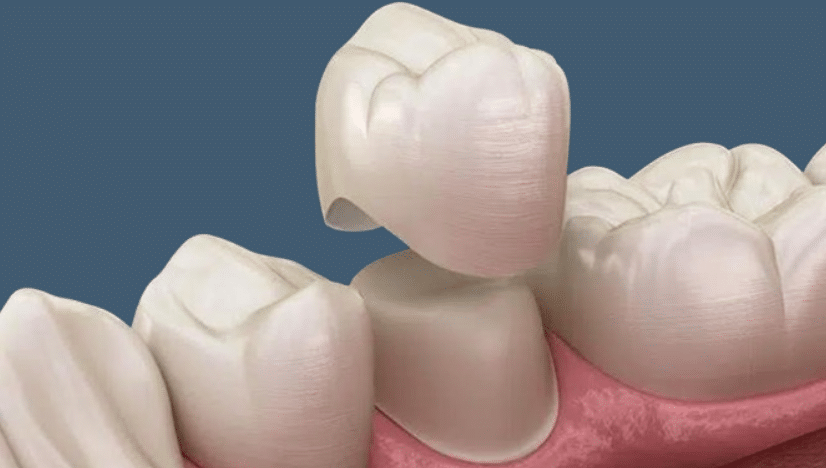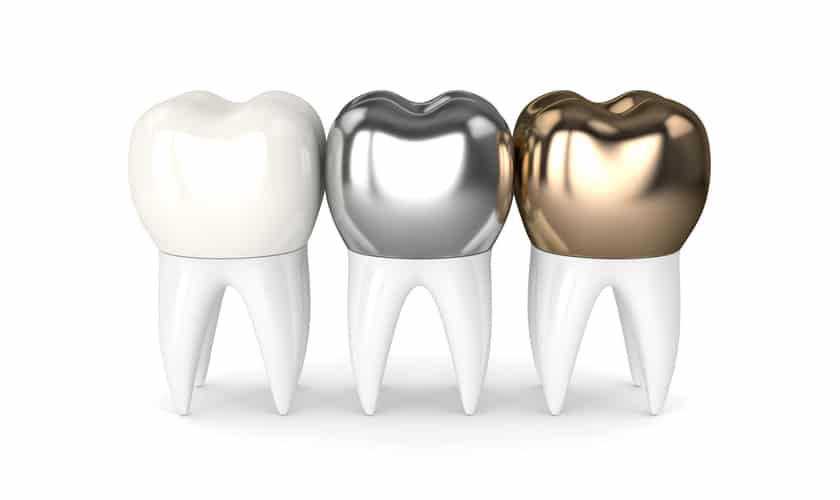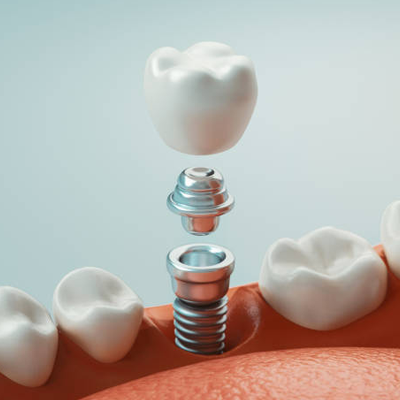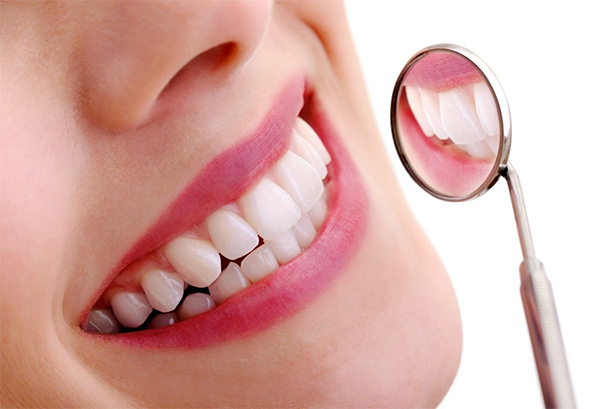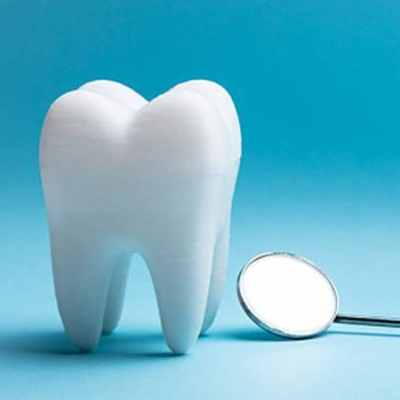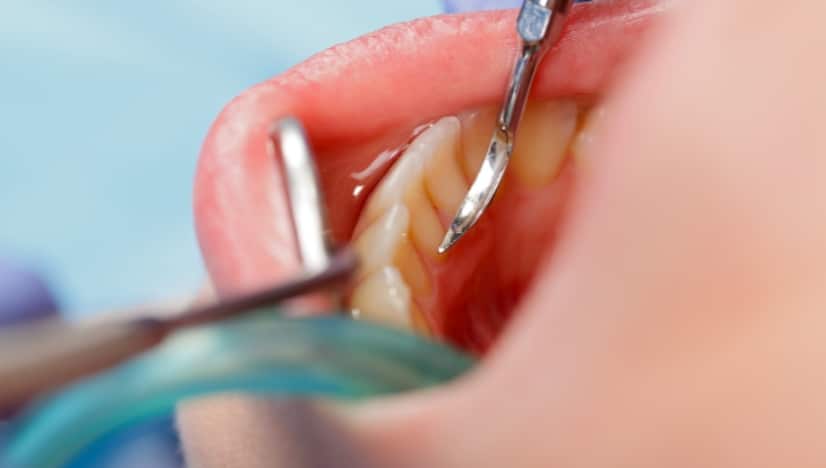
DIY vs. Dentist: Why You Shouldn’t Try Removing Dental Cement from Porcelain Crowns at Home
Removing dental cement from porcelain crowns at home might seem like a quick fix, but it can lead to serious issues. Porcelain crowns are delicate, and using the wrong tools or techniques can crack or damage them. What seems like a small task can quickly become a major dental problem if done incorrectly. Instead of risking your smile with DIY methods, it’s best to leave this procedure to a professional dentist who has the right tools to handle it safely and effectively.
What is Dental Cement, and Why is it Used?
Dental cement is like super glue for your crowns, bridges, or other dental work. It keeps your crown securely attached to your tooth, ensuring that it stays in place when you chew, talk, and go about your day. Dental cement is designed to be incredibly strong and long-lasting, creating a secure bond between the crown and your natural tooth. However, when it’s time for a crown adjustment or replacement, removing dental cement properly becomes a job for a trained dentist.
The Risks of DIY Dental Cement Removal
Let’s break down some of the reasons why removing dental cement from porcelain crowns is not a do-it-yourself project.
- Damage to Your Crown Porcelain crowns are durable but not invincible. Using the wrong tools or too much pressure can cause cracks or chips, leaving you with more dental problems. What may seem like a small issue can quickly turn into an expensive crown replacement. The delicate nature of porcelain means that it requires specialized tools and techniques, all of which a professional dentist has at their disposal.
- Infection Risks Removing cement at home can expose the underlying tooth structure to bacteria and infection. Even if the crown seems loose, trying to pry it off can leave your tooth vulnerable to decay. Plus, if you don’t remove all the cement, the remaining debris can trap bacteria, leading to infections or abscesses. This could turn a simple fix into an emergency dental situation.
- Unintentional Damage to Nearby Teeth When you attempt to remove cement yourself, you risk damaging your surrounding teeth. Using household tools like metal picks, knives, or even dental kits bought online can scratch or damage your other teeth. This can lead to sensitivity, decay, or worse—requiring more dental work than you bargained for.
DIY Methods Are Unreliable
Many online tutorials promise quick fixes for removing dental cement from porcelain crowns, but these DIY methods are often unreliable and can make the situation worse. Here’s why:
- Household Tools Aren’t Made for Teeth: Tools like pliers or dental picks are not precise enough to safely remove cement. They can apply too much pressure or scratch the porcelain, causing damage to both the crown and the tooth beneath it.
- Risk of Incomplete Removal: Even if you manage to remove some of the cement, there’s a high chance you won’t get it all. Leaving behind even a small amount of cement can lead to further issues like infection or irritation.
- You’re Not a Trained Professional: Let’s be honest—dentists spend years in school for a reason. The techniques required to remove dental cement safely without damaging the tooth or crown aren’t something you can pick up from a 5-minute tutorial.
When to See a Dentist for Crown Issues?
If you’re noticing problems with your porcelain crown, whether it’s feeling loose or you suspect leftover cement is causing discomfort, it’s time to book an appointment. Dentists have the right tools and knowledge to handle these issues safely and effectively.
Here are some signs that it’s time to see a dentist:
- Your crown feels loose or wobbly.
- You notice discomfort or irritation around the crown.
- You experience sensitivity or pain while eating or drinking.
- You see visible cracks, chips, or other damage on the crown.
Professional Crown Maintenance: What to Expect?
When you go to a dentist for removing dental cement from porcelain crowns, they’ll use specialized equipment to ensure the job is done right. They will also check the health of your crown and the underlying tooth to make sure everything is in good condition.
Here’s what a typical visit might include:
- X-rays: To assess if there’s any underlying issue with your crown or the tooth beneath it.
- Cement Removal: Using precise dental tools, your dentist will carefully remove any excess cement without damaging the crown or tooth.
- Crown Adjustment or Replacement: If needed, your dentist may adjust or replace the crown to ensure a secure fit.
- Polishing and Finishing: After removing the cement, your dentist may polish the crown to ensure it looks and feels smooth.
The Long-Term Benefits of Professional Care
Sure, it might seem tempting to go the DIY route, but letting a professional handle the removal of dental cement has long-term benefits. You’ll save yourself the stress of potentially damaging your crown, avoid infection, and ensure that your dental work stays in top condition. Plus, regular visits to your dentist allow them to catch any potential problems early, saving you time and money in the long run.
Leave It to the Pros: Why Dentists Do It Better?
Dentists have the right tools and knowledge to safely remove dental cement. They know how to handle delicate porcelain crowns without causing any damage. They also ensure that the tooth beneath the crown remains protected, preventing future issues. The next time you consider removing dental cement yourself, think again. Your smile deserves the best care possible, and that starts with professional dental help. Avoid the risks and headaches that come with DIY attempts, and trust your dentist McKinney, TX, to give your porcelain crowns the attention they need. Your teeth will thank you!


